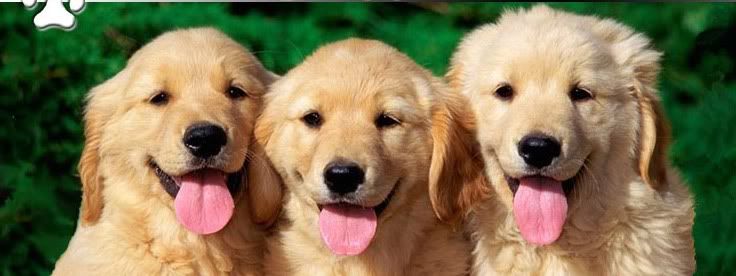Why doesn’t my dog like to be handled?
Why doesn’t my dog like to be handled?
All dogs have different handling and training thresholds. As far as washing and brushing goes for dogs, the dog-grooming business is a flourishing industry: for just a small amount and fee, you can get your dog washed, groomed, clipped, brushed, and whatever else you may require by experienced professionals (again, make sure you tell them about your dog’s reaction to the experience first!)
All dogs have different handling thresholds. Some dogs like lots of cuddles, and are perfectly content to be hugged, kissed, and have arms slung over their shoulders (this is the ultimate “I’m the boss” gesture to a dog, which is why a lot of them won’t tolerate it.)
Others – usually the ones not accustomed to a great deal of physical contact from a very young age – aren’t comfortable with too much full-body contact and will get nervy and agitated if someone persist in trying to hug them.
Another common cause of handling-induced aggression is a bad grooming experience: nail-clipping and bathing are the two common culprits. When you clip a dog’s nails, it’s very easy to “quick” him – that is, cut the blood vessel that runs inside the nail. This is extremely painful to a dog, and is a sure-fire way to cause a long-lasting aversion to those clippers. 
Being washed is something that a great many dogs have difficulty dealing with – a lot of owners, when confronted with a wild-eyed, half-washed, upset dog, feel that in order to complete the wash they have to forcibly restrain him.
This only adds to the dog’s sense of panic, and reinforces his impression of a wash as something to be avoided at all costs – if necessary, to defend himself from it with a display of teeth and hackles.
Can I “retrain” him to enjoy being handled and groomed?
In a word: yes. It’s a lot easier if you start from a young age – handle your puppy a lot, get him used to being touched and rubbed all over. Young dogs generally enjoy being handled – it’s only older ones who haven’t had a lot of physical contact throughout their lives that sometimes find physical affection difficult to accept.
Practice picking up his paws and touching them with the clipper; practice taking him into the bath (or outside, under the faucet – whatever works for you, but warm water is much more pleasant for a dog than a freezing spray of ice-water!), and augment the process throughout with lots of praise and the occasional small treat.
For an older dog that may already have had several unpleasant handling/grooming experiences, things are a little more difficult. You need to undo the damage already caused by those bad experiences, which you can do by taking things very slowly – with an emphasis on keeping your dog calm.
The instant he starts to show signs of stress stop immediately and let him relax. Try to make the whole thing into a game: give him lots of praise, pats, and treats. Take things slowly. Don’t push it too far: if you get nervous, stop. Dogs show aggression for a reason: they’re warning you to back off, or else! If your dog just can’t seem to accept being groomed, no matter how much practice you put in, it’s best to hand the job over to the professionals.
Your vet will clip his nails for you (make sure you tell him first that he gets aggressive when the clippers come out, so your vet can take the necessary precautions!). As far as washing and brushing goes, the dog-grooming business is a flourishing industry: for a small fee, you can get your dog washed, clipped, brushed, and whatever else you require by experienced professionals (again, make sure you tell them about your dog’s reaction to the experience first!)



